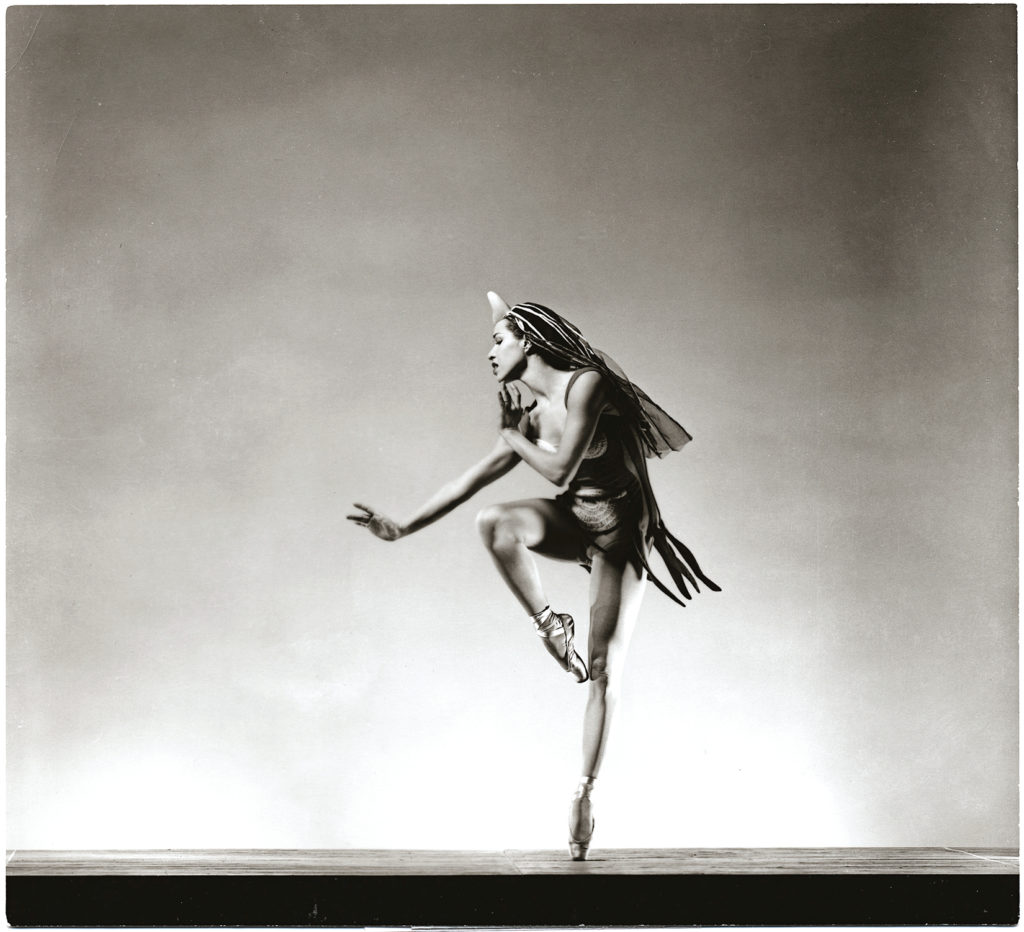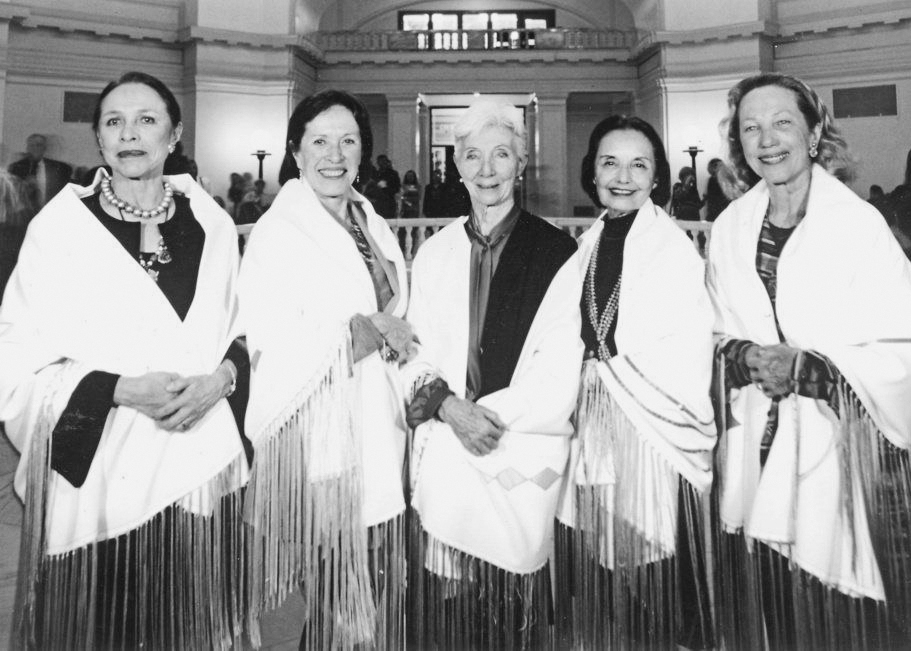Inaugural Five Moons Dance Festival Honors Oklahoma’s Native American Ballerinas
In the 20th century, five Native American ballerinas from Oklahoma became trailblazers in ballet, performing with the world’s most renowned companies, becoming artistic directors, and founding schools, some of which are still active today. Their stories are ones to be celebrated and retold, particularly as the industry lies at an inflection point where diversity and women in leadership are becoming of greater priority. Known as the “Five Moons”— Maria Tallchief, Marjorie Tallchief, Rosella Hightower, Moscelyne Larkin and Yvonne Chouteau—these women will be honored in the upcoming Five Moons Dance Festival taking place August 27–29 on the University of Oklahoma (OU), Norman, campus.
The goals of the inaugural festival are threefold: to recognize the legacies of Oklahoma’s five Native ballerinas; create a platform for woman choreographers from underrepresented populations to present their work; and to bring more education and awareness of Native culture to dancers and nondancers alike. This year’s festival will have a special focus on the Osage ballerinas, Maria and Marjorie Tallchief. (Subsequent festivals will highlight one of the Five Moons and her respective tribe.)

“The conversation in the dance world has been ‘Why aren’t there more women choreographers and in leadership roles?’” says Michael Bearden, director of the OU School of Dance and curator of the festival. “Here are five women who were born in the 1920s in Oklahoma who went on to do incredible things.”
Warren Queton, festival planning-committee member and former tribal liaison at the OU Office of Diversity and Inclusion, agrees.
“Dance has always been, and will continue to play, a vital role in Indigenous identity,” explains Queton, a citizen of the Kiowa Tribe of Oklahoma, who is also affiliated with the Cherokee and Seminole nations. “The Five Moons paved a way for others through their dedication and hard work. My hope is that our next generation will know their story and be inspired to follow in their footsteps.”
Making Their Marks
Each of the Five Moons performed with the Ballet Russe de Monte Carlo. Maria Tallchief is widely considered to be America’s first prima ballerina. George Balanchine created several roles for her while she was a principal dancer at New York City Ballet, including her signature Firebird. She went on to establish the Chicago City Ballet in 1974. Her sister, Marjorie Tallchief, was the first Native American dancer to become an étoile at the Paris Opéra Ballet. She later served as the director of dance at the Harid Conservatory from 1989 to 1993. She is the last surviving member of the Five Moons and resides in Boca Raton.

Rosella Hightower, of Choctaw heritage, performed with American Ballet Theatre (then known as Ballet Theatre) from 1941–45 and 1955–56. She went on to found the Center for Classical Dance in Cannes, France, in 1962. In 1981, Hightower became the first American director of the Paris Opéra Ballet.
Moscelyne Larkin, a member of the Shawnee-Peoria tribe, co-founded Tulsa Ballet with her husband, Roman Jasinski, in 1956. Yvonne Chouteau, of Shawnee and Cherokee heritage, established OU’s Department of Dance, now the OU School of Dance, in 1963 with her husband, Miguel Terekhov. The couple also founded the Oklahoma City Civic Ballet, now known as Oklahoma City Ballet, that same year.
“The Five Moons broke through barriers that took generations to make an impact,” reflects Jenna Smith LaViolette, an Osage dancer and choreographer who directs Dance Maker Academy, a school on the Osage reservation in Pawhuska, Oklahoma. “Maria Tallchief’s directors tried to talk her into changing her name to a Russian name, but she refused. She was Osage and proud of her heritage.”
Connecting Past and Present
The three-day festival will feature a series of panel discussions and educational presentations, including one on Osage history and culture by a representative of the Osage and Cherokee tribes. The program will culminate with a performance featuring institutions with ties to the Five Moons, including ABT, Tulsa Ballet, Oklahoma City Ballet, Osage Ballet and students from the OU School of Dance. Native dancers from Osage County will also perform traditional dances.

Stefanie Batten Bland, creator of Company SBB and a choreographer for ABT’s inaugural Women’s Movement Initiative, will present her piece MonuMEnts, featuring ABT artists Melvin Lawovi and Kanon Kimura.
“I was looking at ballet as a living monument and how its vernacular and storytelling capabilities can better reflect the ‘me,’ or individual, inside of our times, our institutions,” says Batten Bland. “I think right now is a moment where we are examining how we celebrate memory. The idea of celebrating Indigenous women who participated in, what we considered at the time, a completely European-led vernacular, is honoring and bringing the past into the present.”
The festival will also feature Osage Ballet dancing excerpts from LaViolette’s ballet Wahzhazhe, performed by Native American ballet dancers (although not all are Osage). The ballet, which premiered in Oklahoma in 2012, depicts the history of the Osage people and is set to music written by Lou Brock, also of Osage descent.
“It is crucial to continue to promote the Five Moons’ work because of the lack of representation of Native Americans in professional ballet,” emphasizes LaViolette. “Festivals like this one will help educate the public about the greatness that has been achieved by Native American ballet dancers and inspire young dancers to want to excel in their art.”




